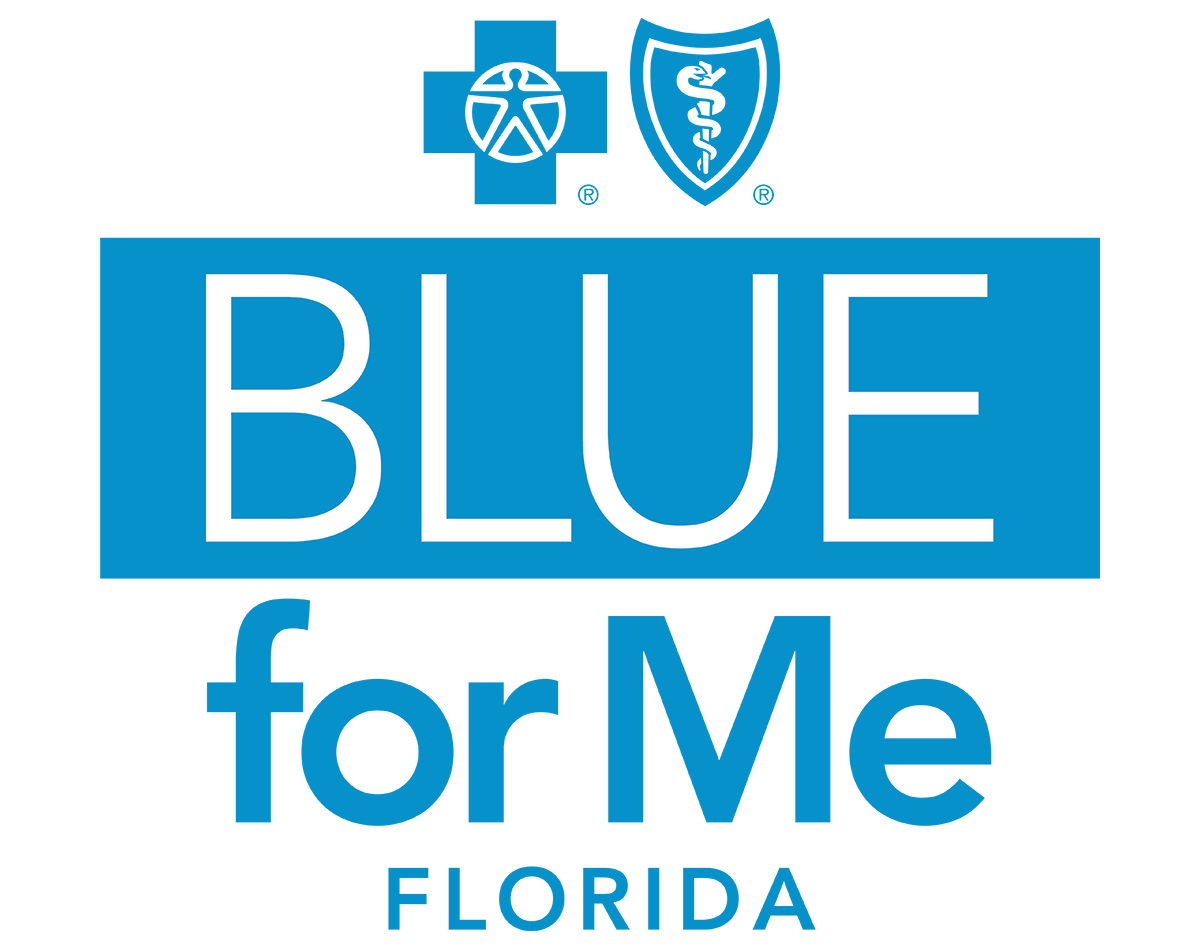8 Facts That May Change the Way You Think About Cholesterol
Believe it or not, “bad” cholesterol isn’t always bad. And that’s just for starters. Get the whole cholesterol story here.

Too much cholesterol isn’t a good thing — we hear that all the time. But did you know that your body needs cholesterol? It’s important for making new cells and hormones. It also converts sunlight into vitamin D.
The problem starts when there is too much of this waxy substance floating around in your bloodstream. Over time, it can build up in the arteries, raising the risk of heart disease or a stroke. Here are some things that you might not have heard about cholesterol — and why it’s important for you to know about them.
Lowering Cholesterol Isn’t Always the Goal
Generally speaking, having high total cholesterol of more than 200 mg/dL poses health risks. But your overall cholesterol level doesn’t tell the whole story. There are multiple forms of cholesterol found in the body.
The first is called low-density lipoprotein (LDL). LDL carries cholesterol from the liver, where your body produces most of the cholesterol it needs, to other cells. That includes the arteries, where LDL can build up as dangerous plaque. That’s why it’s often referred to as “bad” cholesterol.
“Good” high-density lipoprotein (HDL) cholesterol, on the other hand, helps shuttle “bad” LDL cholesterol away from the arteries. Therefore, having less LDL and more HDL in the blood is a good thing. Healthy cholesterol levels for adults are:
- LDL that’s lower than 100 mg/dL
- HDL that’s higher than 60 mg/dL
To learn more about cholesterol and heart health, not only can you visit www.heart.org, you can also search your own private health resource library directly on BlueForMe. This digital health management app is included in your health plan. Call 844-730-2583 to see if you’re eligible for BlueForMe today.
Cholesterol-Free Foods Can Still Raise Cholesterol
Dietary cholesterol (that is, cholesterol found naturally in food) can be found in eggs, red meat, fried foods, and baked goods made with butter and shortening. And it can play a role in high cholesterol in your blood. But saturated fat has a greater impact on raising cholesterol levels. That may be because it interferes with how cholesterol is processed in the liver. Trans fats, found in some fried foods, can also increase LDL while lowering HDL.
That’s why the best way to lower your cholesterol isn’t to avoid dietary cholesterol. Instead, you should reduce your intake of saturated and trans fats. These fats are found in red meat, shellfish, whole-milk dairy foods, hydrogenated oils, and many fried foods and baked goods. (In good news, the Food and Drug Administration has now banned trans fats from processed foods.) Even if a food is labeled “cholesterol-free,” it can still contribute to higher cholesterol levels if it contains these fats.
Kids Can Have High Cholesterol
Be sure to tell your child’s pediatrician about your family health history, including any problems with heart disease, stroke, and high cholesterol. Genetics can play a role in people having high cholesterol, so some kids may benefit from testing during childhood or adolescence. Treatments for kids with high cholesterol are similar to those for adults:
- A healthy diet low in saturated and trans fats
- Maintaining a healthy weight
- Keeping active
- In some cases, cholesterol-lowering medication
Slim People Can Have High Cholesterol
You don’t have to be overweight to have high cholesterol. If you don’t really pay attention to what’s in the foods you eat, you might be downing more saturated and trans fats than you realize. Plus, some people are genetically prone to high cholesterol.
Levels Should Be Checked at Age 20
Typically, cholesterol levels should be checked at age 20 and again every 4 to 6 years — or more often, depending on your family history and risk factors, which include:
- Age. Everyone’s risk goes up with age
- Gender. Men tend to have lower HDL (“good”) cholesterol than women
- Smoking
- High blood pressure
These are the recommendations from the American Heart Association — even if you aren’t in a high-risk group.
If you’re due for a cholesterol screening, your care advocate can help schedule an appointment through your BlueForMe app. Call 844-730-2583 to see if you’re eligible for BlueForMe today.
Public Screenings Don’t Tell the Whole Cholesterol Story
Public screenings, as well as at-home tests, can be accurate if they’re done properly. But only a health care professional can take into account everything about your health profile, ensure that the test is done right, and help you create an action plan. There is no need to skip public screenings at health fairs or when giving blood — but don’t let them be your only measure. Your doctor may recommend at-home tests as a follow-up. They can walk you through the process and interpret the results.
Smoking Lowers “Good” Cholesterol
Going tobacco-free can help lower your cholesterol levels and reduce your risk of coronary heart disease. If you don’t use tobacco, be sure to avoid secondhand smoke as well. Some research suggests that regularly breathing other people’s cigarette smoke can negatively affect cholesterol.
Ready to quit smoking? BlueForMe has your back. You can join a smoking cessation program through www.lung.org or www.tobaccofreeflorida.com, or directly through BlueForMe, which is included with your health plan. Call 844-730-2583 to see if you’re eligible for BlueForMe today.
Sometimes Lifestyle Changes Are Enough to Make a Difference
You might be able to bring down high LDL cholesterol and raise good HDL cholesterol by:
- Avoiding tobacco smoke
- Maintaining a healthy weight
- Exercising regularly
- Eating a heart-healthy diet
In fact, even genetically linked high cholesterol may be controllable with these habits. If not, your doctor can prescribe medications to help improve your numbers.
[Sources:]
[1] Sabatine MS, Wiviott SD, Im K, et al. “Efficacy and Safety of Further Lowering of Low-Density Lipoprotein Cholesterol in Patients Starting with Very Low Levels: A Meta-Analysis.” JAMA Cardiology, vol. 3, no. 9, 2018, pp: 823-828.
[2] “Trans Fat.” FDA, May 18, 2018, https://www.fda.gov/food/food-additives-petitions/trans-fat. Accessed December 2, 2021.
[3] “Knowing Your Risk for High Cholesterol.” Centers for Disease Control and Prevention, January 31, 2020, https://www.cdc.gov/cholesterol/risk_factors.htm. Accessed December 2, 2021.
[4] “Total and High-Density Lipoprotein Cholesterol in Adults: United States 2015-2018.” Centers for Disease Control and Prevention, April 2020, https://www.cdc.gov/nchs/products/databriefs/db363.htm Accessed December 2, 2021.
[5] Attard R, Dingli P, Doggen CJM, et al. “The Impact of Passive and Active Smoking on Inflammation, Lipid Profile and the Risk of Myocardial Infarction.” Open Heart, August 8, 2017.
DISCLAIMER: Florida Blue has entered into an arrangement with Wellframe to provide members with care decision support services, information and other services. This article is provided by Linkwell Health through their arrangement with Wellframe. Please remember that all decisions that require or pertain to independent professional medical/clinical judgment or training, or the need for medical services, are solely your responsibility and the responsibility of your physicians and other healthcare providers. Wellframe is an independent company that provides online services to Florida Blue members through the Blue for Me app.
